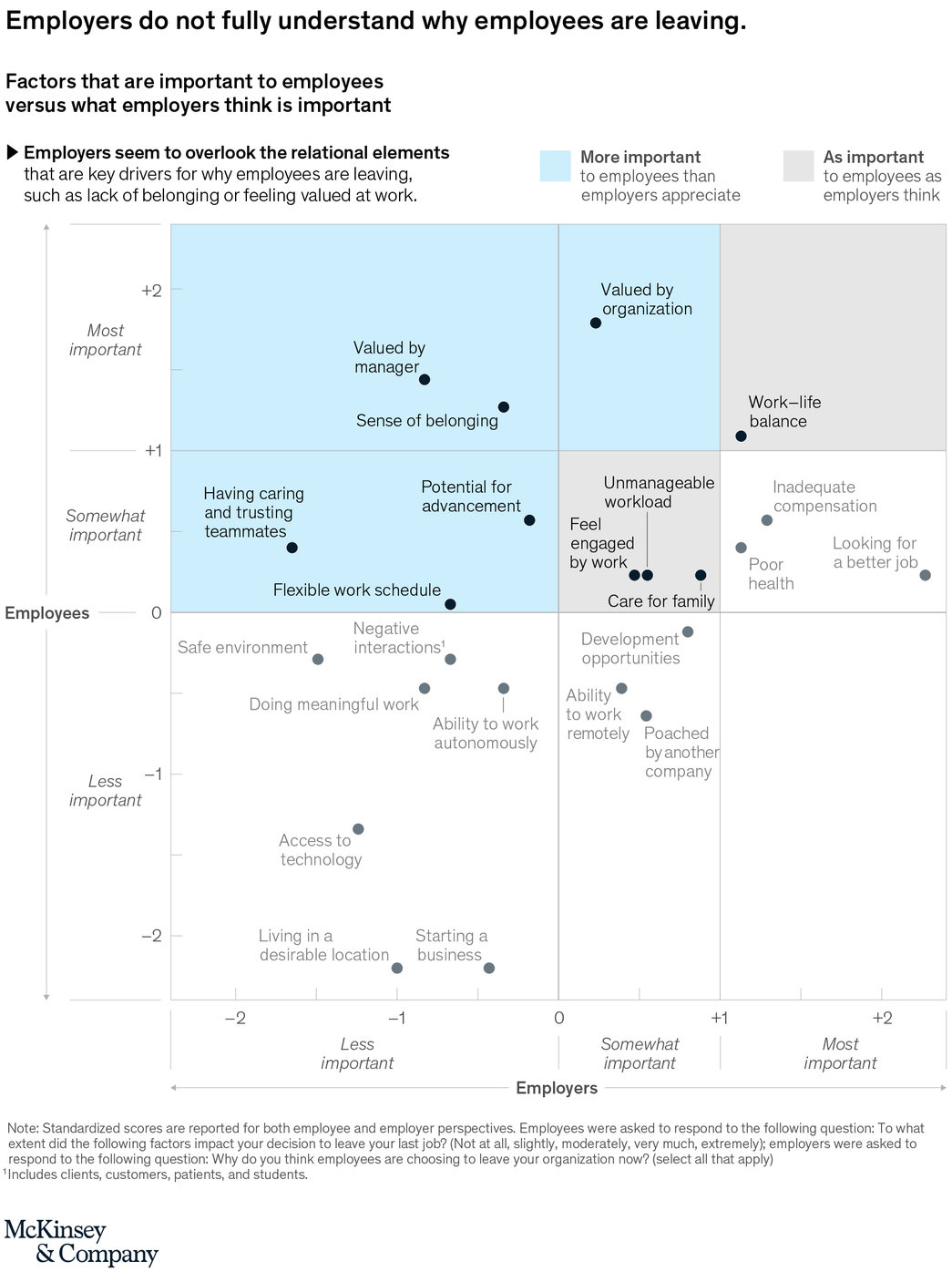The IKEA Effect in the workplace
A research team Michael I. Norton of Harvard Business School, Daniel Mochon of Yale, and Dan Ariely of Duke, first named the IKEA effect in 2011. They described the IKEA effect as “labor alone can be sufficient to induce greater liking for the fruits of one’s labor: even constructing a standardized bureau, an arduous, solitary task, can lead people to overvalue their (often poorly constructed) creations.”
Also known as the endowment effect, The IKEA effect, is clearly named after the Swedish furniture company. It describes how we all tend to value an object more if we successfully make or put it together ourselves. The IKEA effect is about appreciating things when we invest personal time and energy to acquire them or see the results.
In shorthand – investment = attachment
Billy bookshelves
Who amongst us hasn’t stood beaming when they have assembled a Billy bookshelf and patted themselves proudly on the back? There are 110 million in the world so highly likely. I even spent €100 upcycling an old one using hugely expensive paint imported from the U.S. when I could have bought one new for €60. Now that is the super IKEA effect.
Basically it means if we are highly involved in the process we have a higher opinion of the result. My revamped Billy bookshelf was not totally perfect, but I still like it several years later.
Self-efficacy
Self-efficacy, a concept put forward by psychologist Albert Bandura, refers to an individual’s belief that they have the power to affect situations and outcomes. The Harvard research team confirms that it is the DIY elements which fulfil this need. We gain higher levels of satisfaction when we feel we are able to positively influence our own surroundings.
Not only that, but as consumers we are prepared to pay a premium for doing the work ourselves. This is why we are seeing this trend in many areas. We find this in businesses supplying food boxes of healthy or budgeted ingredients which we prepare at home. Self-assembly anything at all. Families pay fortunes for their kids to dig wells in Africa for their gap years. We cook meals ourselves at restaurant tables on hot grey slates, paying top prices for the privilege. Buffet menus carry a service charge.
Customers do the work and the company gets a higher margin. DIY is good business.
Participation means ownership
However, it can be helpful within organisations as well as coaching and training if properly managed. It’s a great antidote to command and control management style.
“Spoon feeding in the long run teaches us nothing but the shape of the spoon.” EM Forster
Employees who participate and are involved in decision making processes are more likely to have greater levels of engagement. They feel a greater sense of recognition and belonging. They are more invested in the outcome of any decision and more open to accepting the results.
I have used it myself to great effect in working with teams creating team charters and codes of conduct to agree limits around inappropriate behaviour to reduce bullying and harassment. It can be effective to get buy-in around business plans and cultural transformation when there is resistance between employees and their leadership.
When we care about anything at all, there is either an individual or collective ownership. Good leaders grant autonomy to their employees to make responsible decisions by giving guidelines and setting expectations. It is the antithesis of micro-management because it boosts competence and therefore self-confidence.
Self-efficacy and the IKEA Effect
We all like to feel that we are performing well and can handle the challenges that come our way. This need for autonomy and a sense of purpose it vital for strong performance and psychological well being. There is currently a worldwide movement of people wanting to quit their jobs. Some have done so already. Research from a number of sources suggests that the “Great Resignation,” also known as the “Great Discontent” shows a lack of understanding by employers for the real reasons their employees are leaving or want to leave.
A report from McKinsey The Great Attraction or the Great Attrition shows again that organisations are not establishing what their employees really want.
The great miscommunication
This trend could also be called the Great Miscommunication. Any “great re-set” is an opportunity for employers to listen attentively to their employees and address issues around culture, flexibility, fairness, recognition, belonging and empathetic leadership. These are issues that are hard to measure, so Involving them in the process will give a greater level of buy-in about their vision for the future of their workplace.
Those who have higher levels of self-belief and self-efficacy are better equipped to cope with challenges and set-backs. They are also more highly motivated.
Downsides
The downside is it can lead to over confidence, so ongoing feedback is necessary. The fact that we made it doesn’t always mean the results are great, as per my Billy bookshelf. It can also lead to people valuing their own DIY efforts rather than listening to experts. The investment = attachment concept can be an effective one, but it does have to be accompanied by a side dish of neutral assessment and critical thinking.
Attraction and attrition solved
Dan Price CEO of Gravity Payments shared on LinkedIn the results of a survey they ran on the way the company would work in the next normal. The company went remote 18 months ago and “Since then we hit record revenue and staff count, with 300+ applicants per job opening.”
He asked employees where they wanted to work going forward:
– 7% wanted to go back to the office full time
– 62% wanted to work from home full time
– 31% wanted a hybrid option
He told them: “Great, do whatever you want” and added “Productivity doesn’t come from pizza parties. It comes from happy employees”
When we build something ourselves whether a bookshelf, a CV, a business plan or our future workplaces, we are more likely to succeed when we have put it together it ourselves. This will be vital to employer branding to position an organisation for the next “normal”, resolving the attraction and attrition issues at the same time.
If your organisation needs support planning for the Great Re-Set then get in touch NOW!





